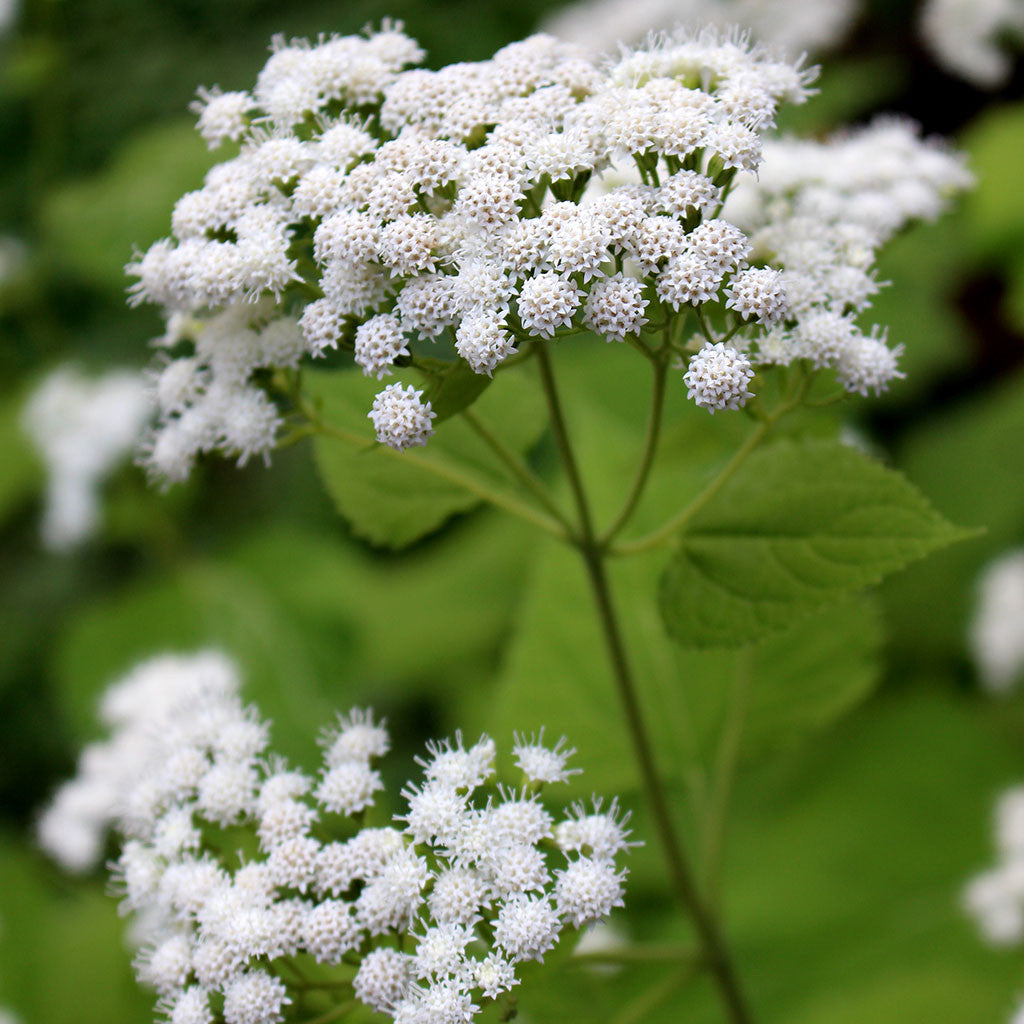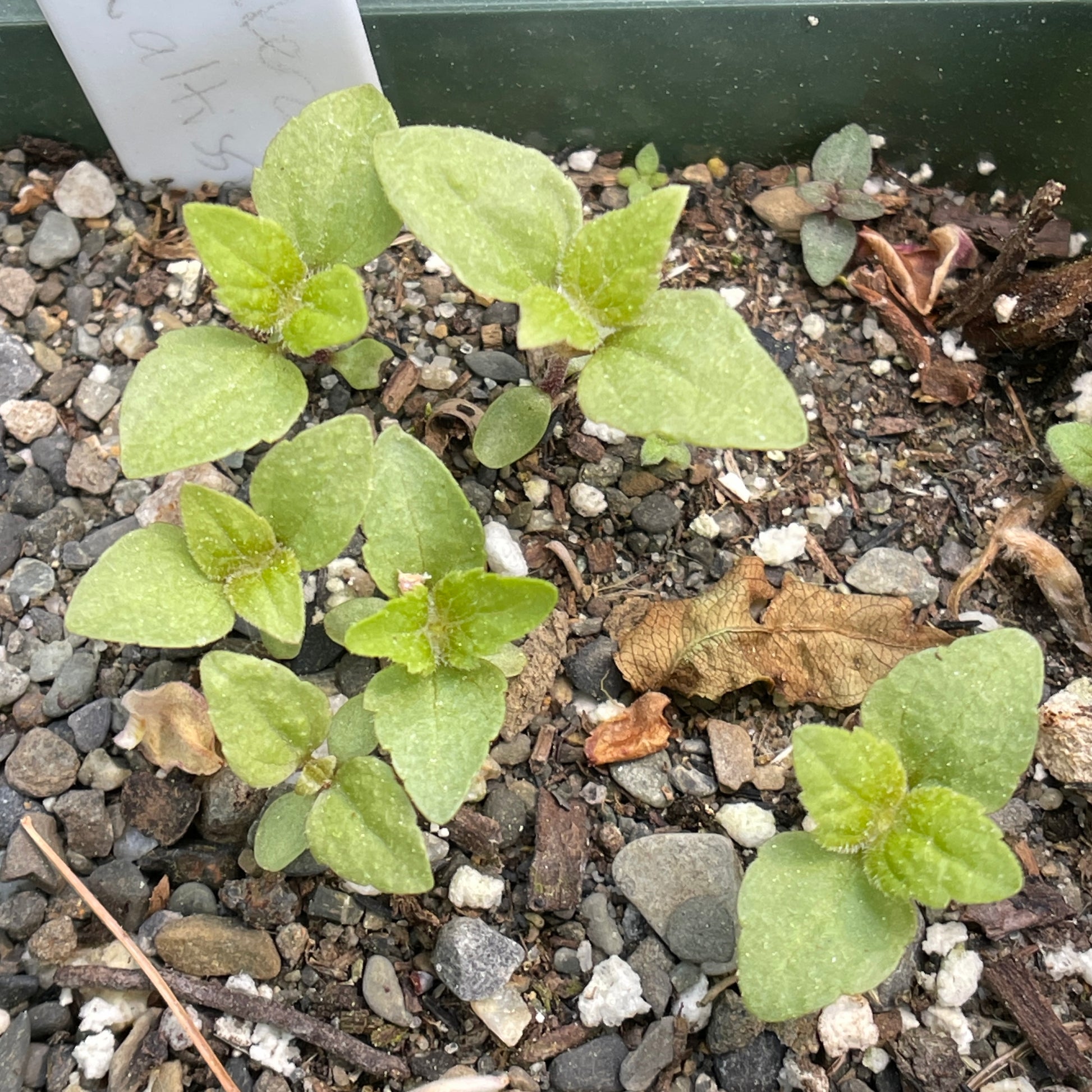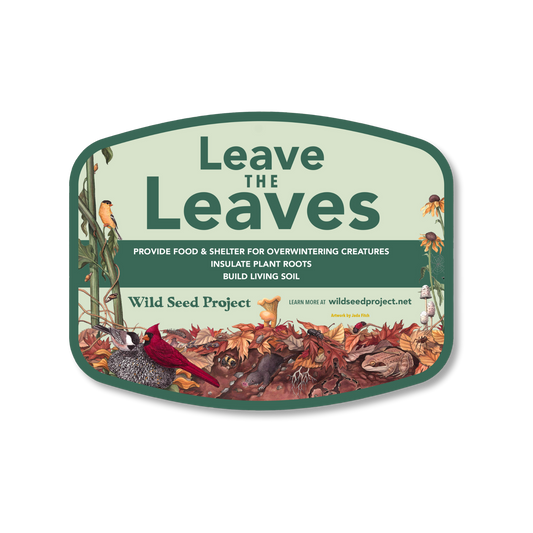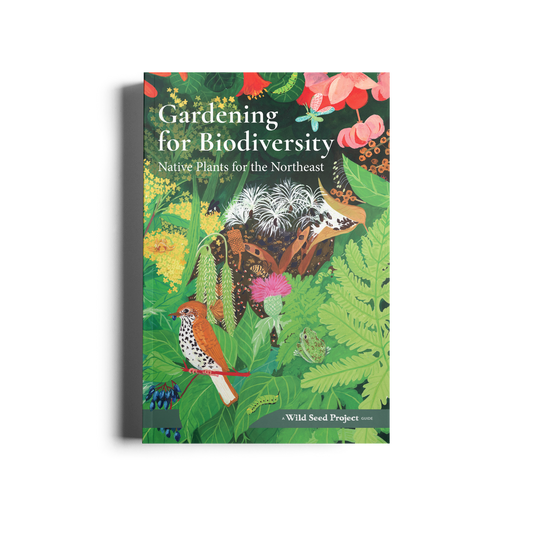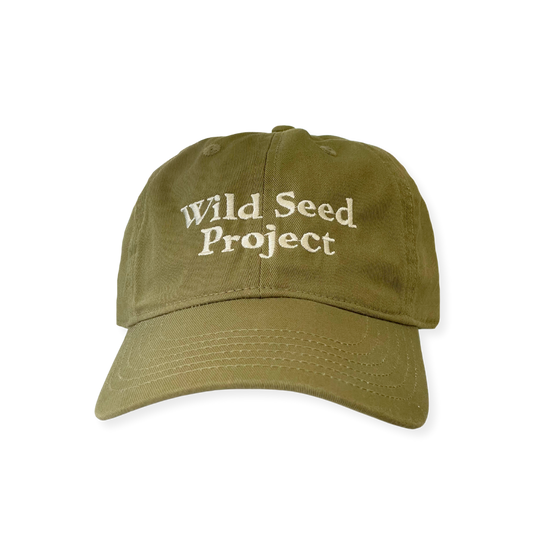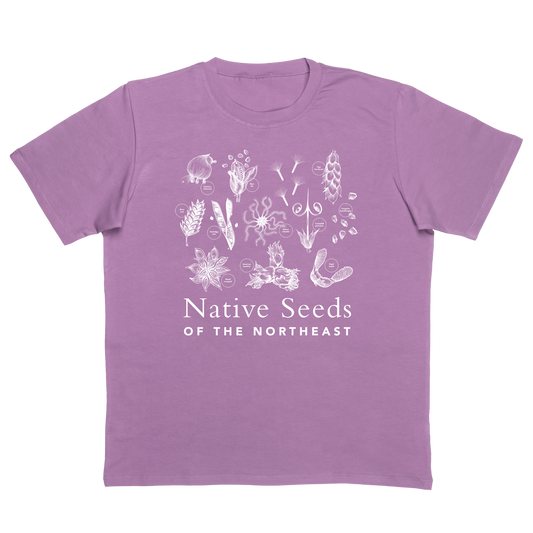White snakeroot (Ageratina altissima) Seeds
White snakeroot (Ageratina altissima) Seeds
In stock
Couldn't load pickup availability
In September and October, the broad, dark green upright stems of this species are topped with bright-white clusters of small flowers attracting fall pollinators. A prolific self-sower; cut back after bloom in a small garden. This is an excellent species to plant after invasive species have been removed in a woodland.
*Please note: When ingested, white snakeroot is toxic to humans, livestock, and other mammals, studies have shown that livestock need to consume a high and sustained dose (1-2% of their body weight over several days) to reach toxicity. If you have pets that tend to eat plants in your yard and garden, consider if and where you might plant this species.*
Native to Maine: Yes
Growing conditions: Shade to part sun in moist to dry soil
Natural habitat: Deciduous woodland understories, shady roadside edges, and disturbed areas
Grows up to: 2'
Blooms: In early autumn
Pairs well with: Blue lobelia, blue wood-aster, Northern maidenhair fern, black bugbane, and zig-zag goldenrod
Seeds per packet: 50-100
Germination Code(s): B and C
These seeds require a cold period to germinate - a minimum of 60 days below 40°F in moist soil (or sand or vermiculite). Sow outdoors in pots, on the soil surface and leave uncovered, November through March.A great species for beginner seed-sowers.
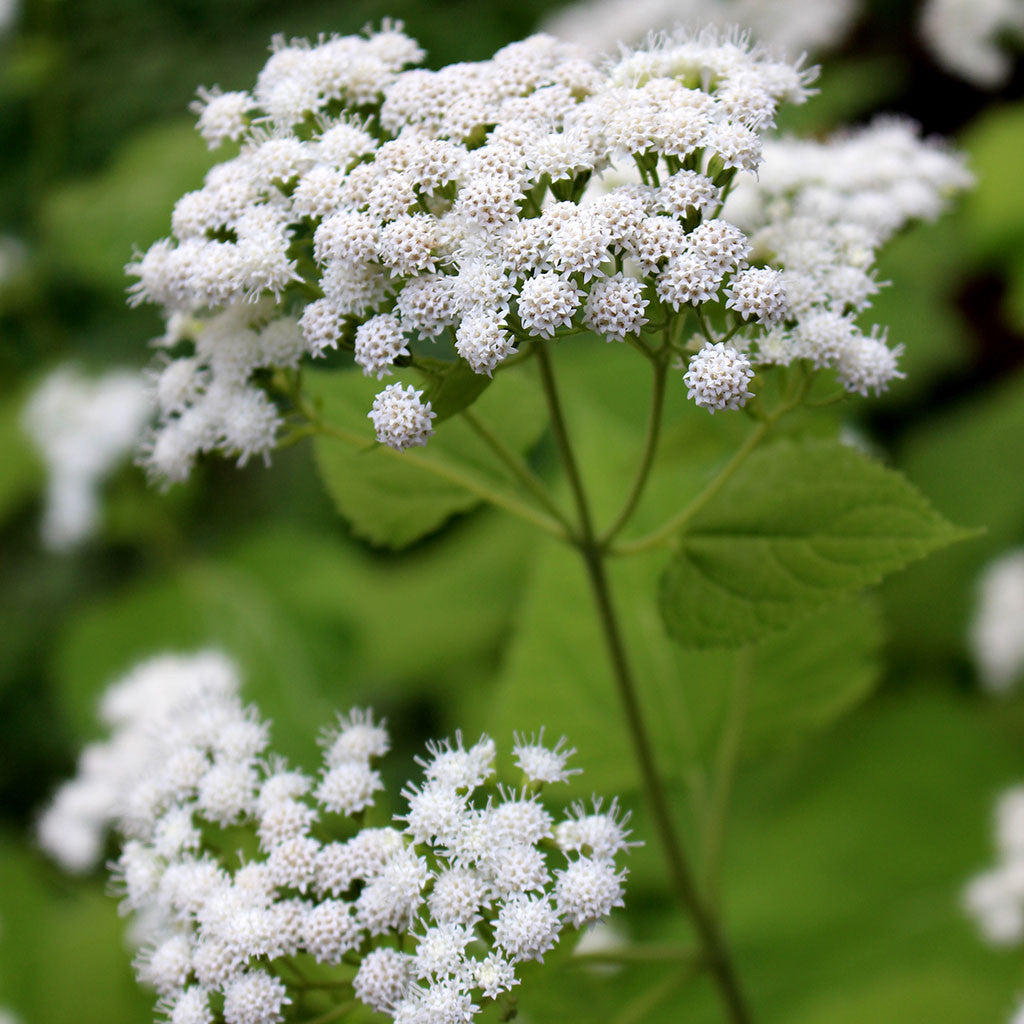
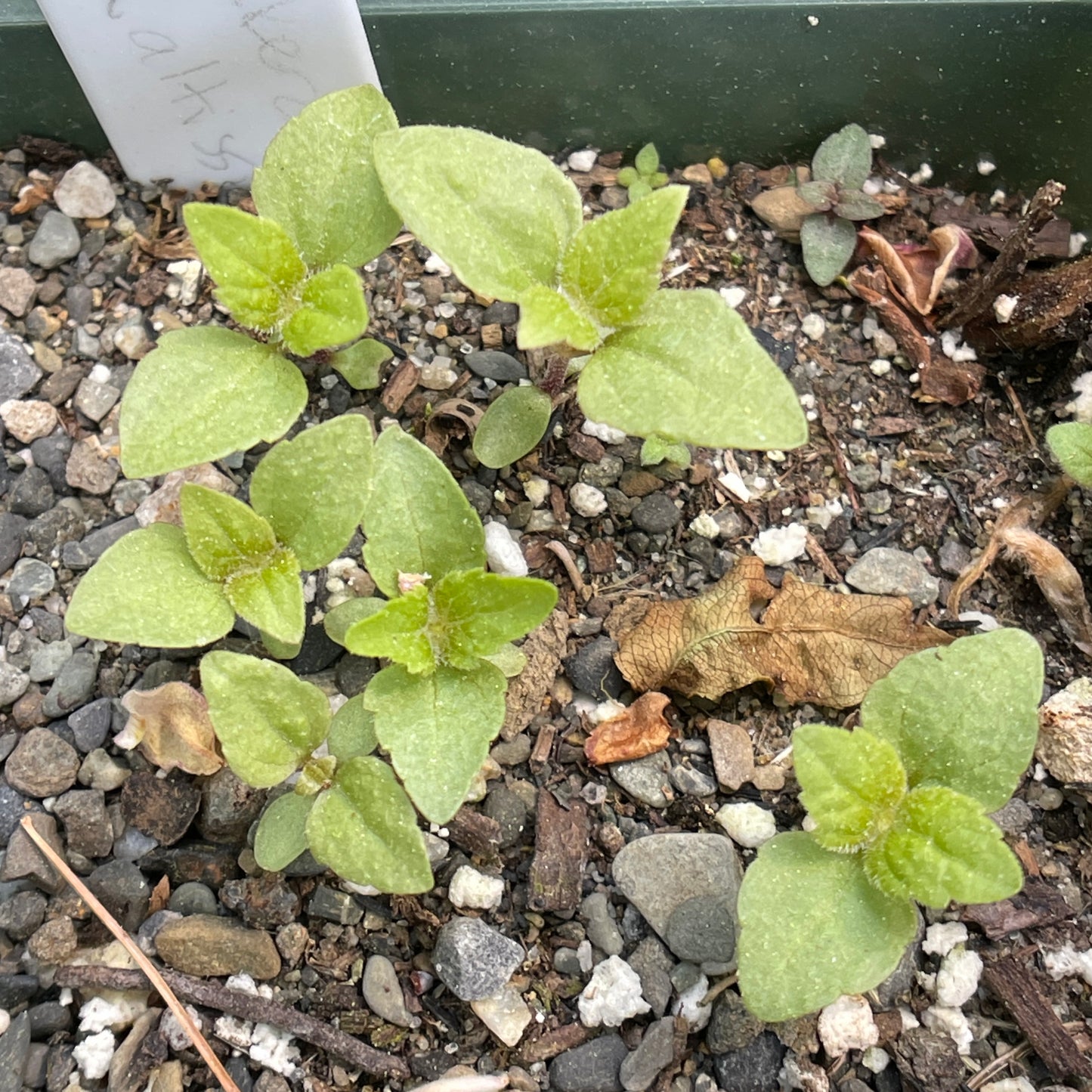
More from Wild Seed Project
-
Leave the Leaves Yard Sign
Regular price $ 24.00 USDRegular priceUnit price / per$ 28.00 USDSale price $ 24.00 USDSale -
Gardening for Biodiversity: Native Plants for the Northeast
Regular price $ 22.00 USDRegular priceUnit price / per -
Classic Logo Hat in Moss
Regular price $ 26.00 USDRegular priceUnit price / per$ 30.00 USDSale price $ 26.00 USDSale -
Native Seeds of the Northeast Youth T-Shirt - Eggplant
Regular price $ 19.99 USDRegular priceUnit price / per$ 24.00 USDSale price $ 19.99 USDSale
